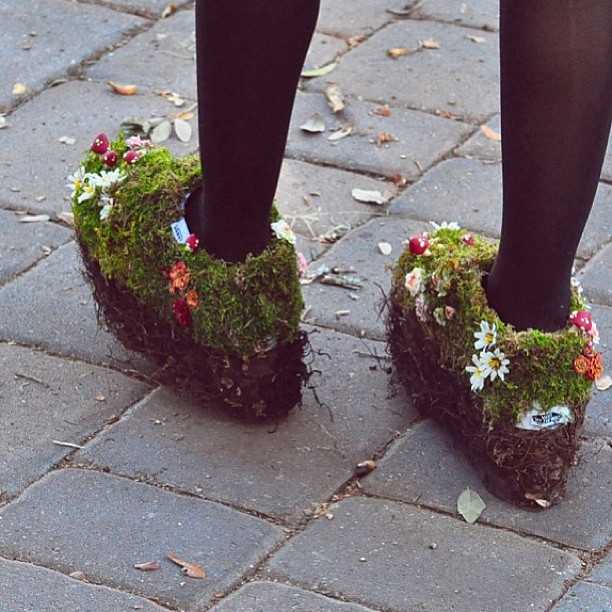
Halley Shefler
College Prep Timeline For The Arts, What Students Should Be Doing in October
Posted by Oct 18, 2013

Halley Shefler
The school year is still new, so it’s a great time to look ahead and plan ahead. Remember that your academic and performing or visual arts choices in high school should serve your longer-term goals as you prepare for college and beyond. Keep in mind that no matter what decisions you’ve made, or are about to make, you may want to refine your selections as you develop and grow. Stay focused, and at the same time, stay open to exploring new areas at all times!
Senior Arts Students — Get guidance, plan auditions, prep portfolios. Stay on track with admissions requirements by working with your guidance counselor. Let your counselor know where you want transcripts, score reports, and letters sent, and provide any necessary forms much earlier than the actual deadlines so your counselor will have time to send in the forms. Now you can finalize your audition material or portfolio pieces to best reflect your skills.
Read More


























 Lisa Phillips with Steve Wozniak
Lisa Phillips with Steve Wozniak



 Susan Riley
Susan Riley

 Regin Igloria
Regin Igloria

 Michael Rohd
Michael Rohd



 Eloise Damrosch
Eloise Damrosch

 Trenten Derryberry
Trenten Derryberry


 John Eger
John Eger


 Ron Jones
Ron Jones

 David Coleman
David Coleman




